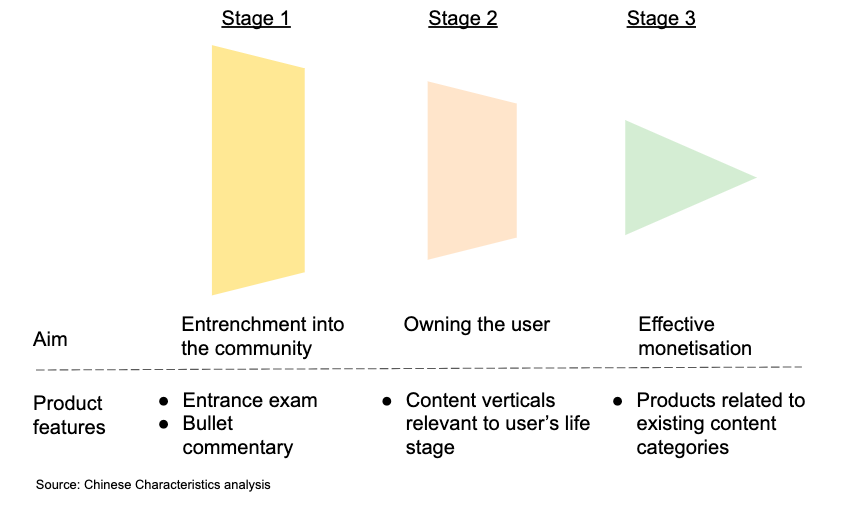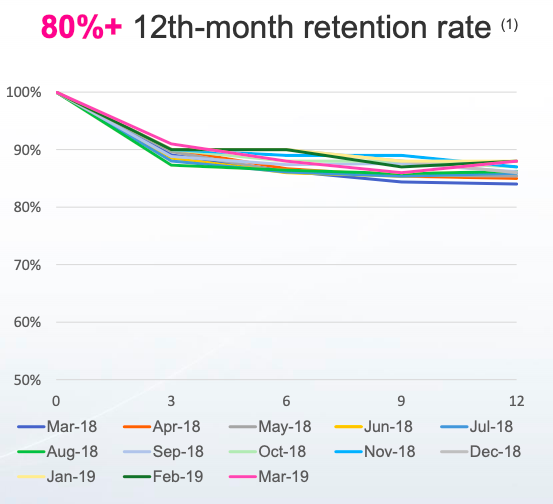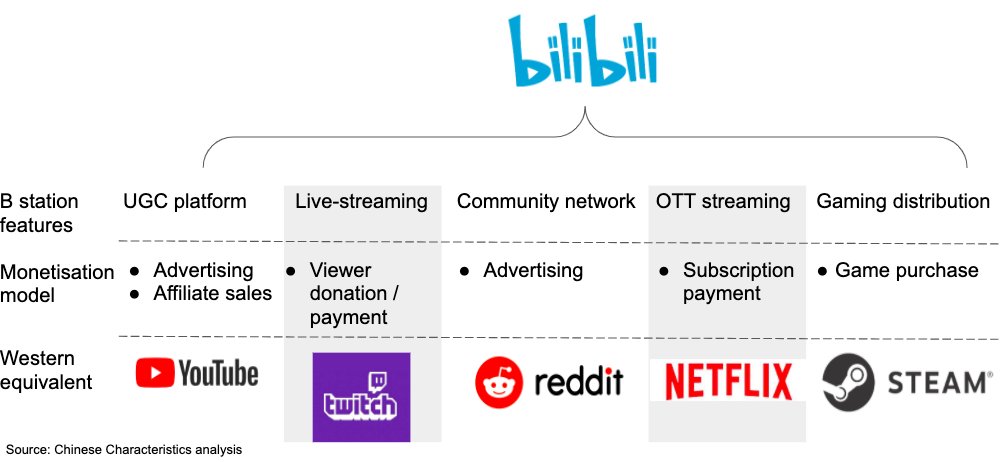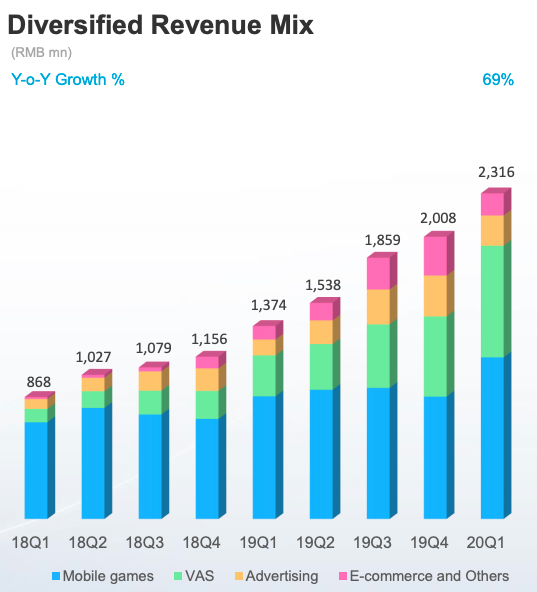1) Let's talk about my favourite video platform Bilibili. What is it, what it isn't and and how it makes money. It's been called the Chinese YouTube that that framing lacks imaginary.
The $bili stock also 5x in 2020 - who knew weebs could be so lucrative

Bilibili has an incredibly sticky and engaged community, and it does so by cultivating buy-in into an internet sub-culture that from the outside seems bizarre. I think the bizarreness is a feature, not a bug.

Relative to western consumer tech companies, who tend to focus on “serving a function” as their core mission, Chinese companies tend to focus on “owning the user” as their core mission

They started the commercialisation “journey” by being the Chinese game distributor for Fate / Grand Order in 2017 and has only begun to branch out into other channels.

I'll be doing these threads for the rest of Jan, follow if you want these to spam your TL
https://t.co/rF3dZ8G44t
More from Lillian Li
More from Trading
As this year comes to an end, here are the 11 most powerful threads on Subasish Pani exclusively compiled for you all.
Collborated with @AdityaTodmal
1/ Important concepts from Power of Stocks - Subasish
Important Concepts from Power of Stocks\u2014 Subhasish Pani
— Aditya Todmal (@AdityaTodmal) August 12, 2022
7+ years of trading experience in 14 tweets\U0001f9f5
Collaborated with @niki_poojary
2/ Important concepts with video links of Subasish
There are plenty of videos of Subhasish Pani from Power of Stocks.
— Aditya Todmal (@AdityaTodmal) April 17, 2022
You already know those.
Instead, here are 12 concepts from his videos that will make you a better trader\u2013\u2013not worse:\U0001f9f5
Collaborated with @niki_poojary
3/ The 5 EMA
Subasish Pani revealed the most simple, yet successful strategy: 5EMA set up!
— Nikita Poojary (@niki_poojary) July 3, 2022
Here is a thread of 23 video clips on the 5EMA set-up that will save you hundreds of hours and available to you for no cost!
5EMA set-up: \U0001f9f5!
Collaborated with @AdityaTodmal
4/ The Bollinger Band set-
A set up which has a minimum Risk/Reward (R/R) of 1:4
— Nikita Poojary (@niki_poojary) October 2, 2022
This set up can be used for intraday, option selling, option buying, as well as investing.
Maximum profit strategy by Subasish Pani.
Bollinger band set-up: \U0001f9f5!
Collaborated with @AdityaTodmal pic.twitter.com/aEIUVQF2XY



















